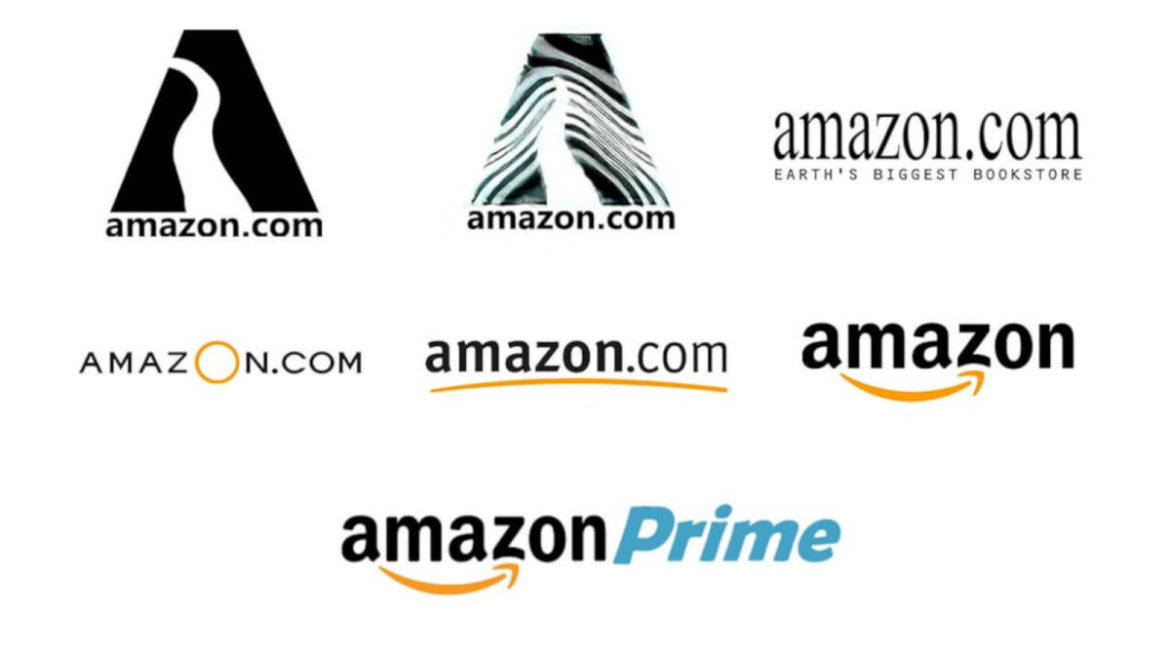Have you ever wondered how Amazon became the phenomenon it is today, a household name across the globe?
The Early Life of Jeff Bezos
Jeff Bezos himself came from a family of little means in Albuquerque, New Mexico. His mother was only seventeen and in high school when he was born, and his adoptive father didn’t speak English when he immigrated from Cuba. Bezos had to support himself for much of his young high-school life, working as a line cook at a local McDonald’s.
One day I’m going to be the first one to have an amusement park on the moon. —Bezos (on Wired.com)
Bezos graduated from Princeton with degrees in electrical engineering and computer science before chasing any of his sky-high (or space-high) dreams. He worked a variety of jobs in the financial sector, saving up for his ultimate first dream: to create his own company. Although he came from a poor family, he never saw money as an end goal, but rather as a tool for his bigger mission of changing the world.
In 1994, Bezos quit a job in an international investment firm to follow his dream
At age 30, Bezos quit a high-tier job as a hedge-fund manager and embarked on a mission to convince investors to visualize his dream, and help him with the funding it needed to become reality.
Bezos had already invested $10,000 from his own pocket into his dream, and he managed to convince a group of people to invest $50,000 in exchange for 1% of his company. However, 38 members of his family and friends remained skeptical, and ended up missing out on what would have been the deal of their lifetime—a subject many of them are still too sore to talk about, according to Bezos.
Why “Amazon”? The Story Behind the Name
At the time, his plan was a huge online bookstore that would sell millions of titles. Bezos knew he wanted to name his company something that started with “A,” “B,” or “C,” as website listings at the time were organized in alphabetical order. He ended up registering website domain names Awake.com, Browse.com, and Bookmall.com.
For a while, Bezos was set on naming his new company “Cadabra,” after the magical word “abracadabra.” Thankfully, his lawyer Todd Tarbert talked him out of it—the name sounded way too much like the sinister-sounding word “cadaver,” and could easily be mistaken for it in rapid phone conversations.
Jeff also highly favored the name “Relentless.com,” as it embodied his lifelong struggle to get to that point—but even that name didn’t end up sticking. (Today, if you type in the URL Relentless.com, it will redirect you to Amazon.com.)
Dead set on finding the perfect name for his online bookstore, Jeff Bezos finally opened the dictionary and began to go through the “A” section, word by word. When he came to the word “Amazon,” he knew he had found it: the name of the largest river in the world was the perfect fit for what would become the world’s biggest bookstore, he thought.
“This is not only the largest river in the world, it’s many times larger than the next biggest river. It blows all other rivers away.” —Jeff Bezos to Brad Stone, autobiographer.
The domain name “Amazon” was officially registered on November 1, 1994. Bezos had installed a bell in the garage “office,” programming it to ring every time an order came through. The first six months, he only got one order—which was from Bulgaria!
Soon after that, though, orders shot through the roof and the bell had to be taken down as it was driving everyone crazy. The new startup could barely keep up with the sudden demand for book deliveries.
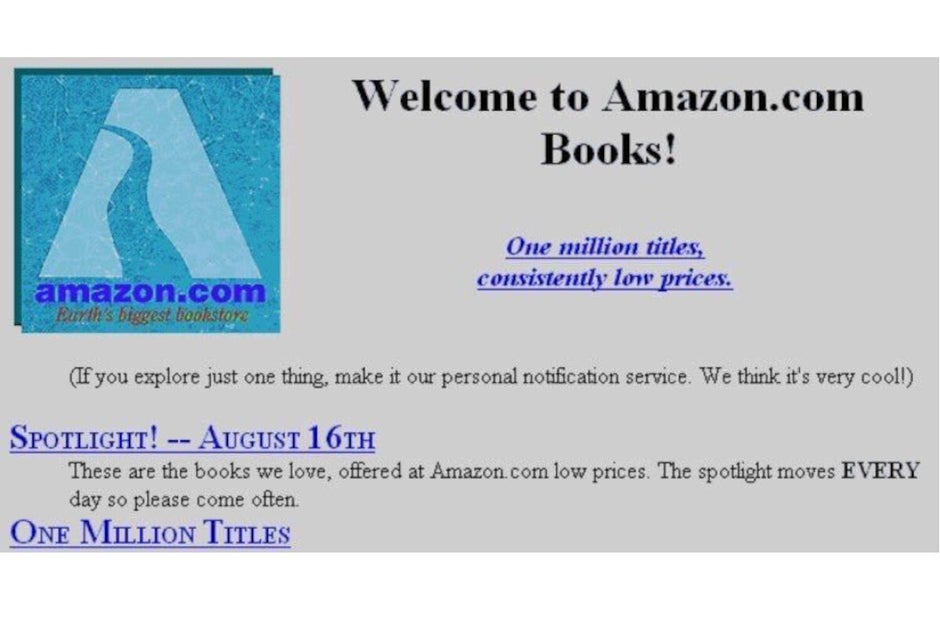
The Amazon website in 1995
The History Behind the Logo
The first official logo Bezos drew up for his company represented a drawing of the Amazon River contained within a giant letter “A,” with the website domain name in black underneath. Bezos was obsessed with the parallel drawn between his company and this impressive river, whose very name means “massive” and tends to inspire awe.
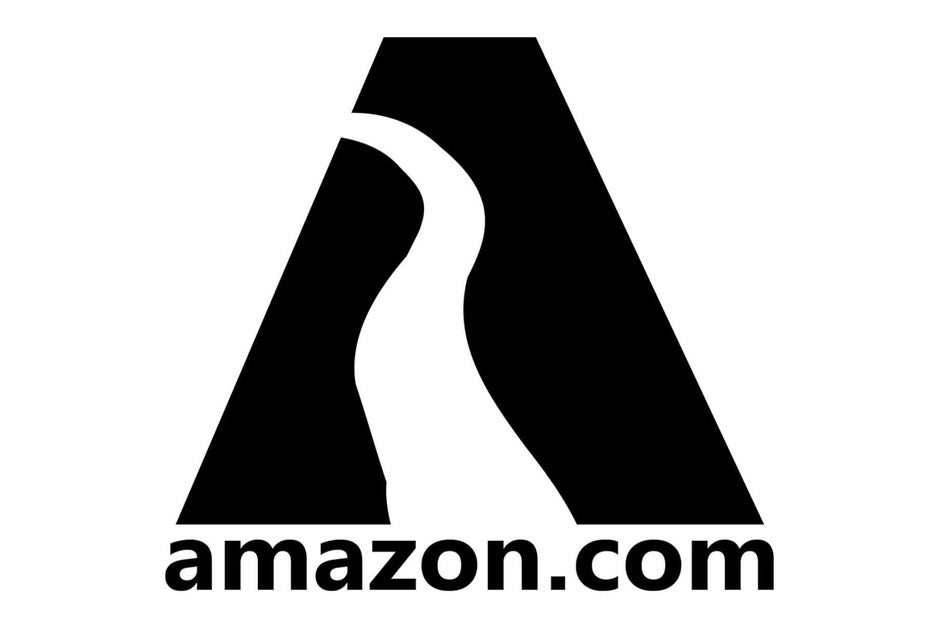
That didn’t stick around for long, however. After a few short years, the river drawing had disappeared, giving way to a more simplistic text-only logo. Beneath the Amazon.com domain name, the words “Earth’s Biggest Bookstore” emerged.
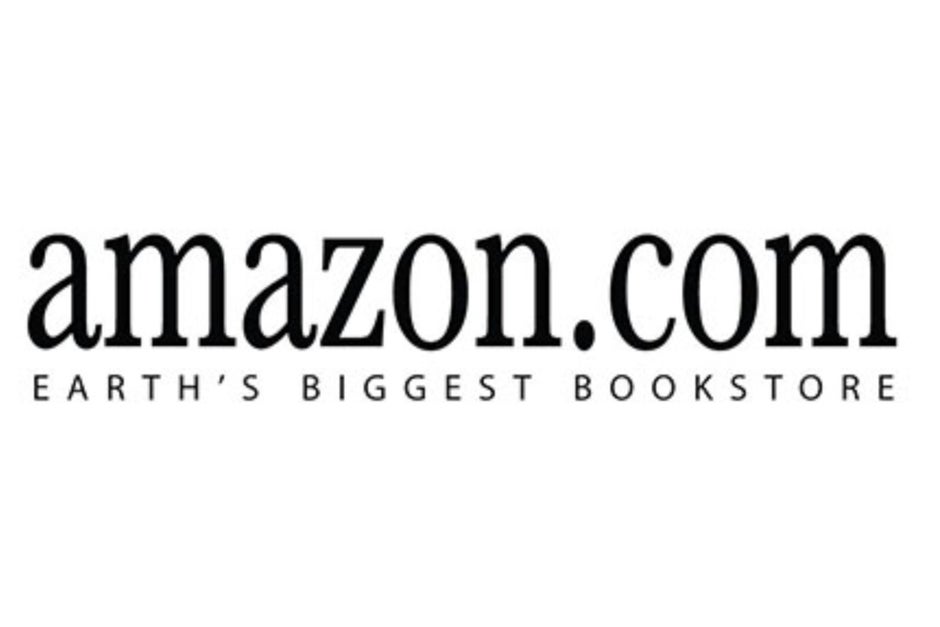
However, that name remained for less than a year. Bezos already knew he wanted his platform to offer more than books, and was already growing his business to sell music and videos. The logo changed a couple of times in 1998, and for a brief while, it sported the words “Books, Music & More” above the name “Amazon.”
However, business was expanding way too quickly to stick to one or two defined categories, and before long, that was done away with. By 2000, the logo had evolved into the very same symbol we know and love today.
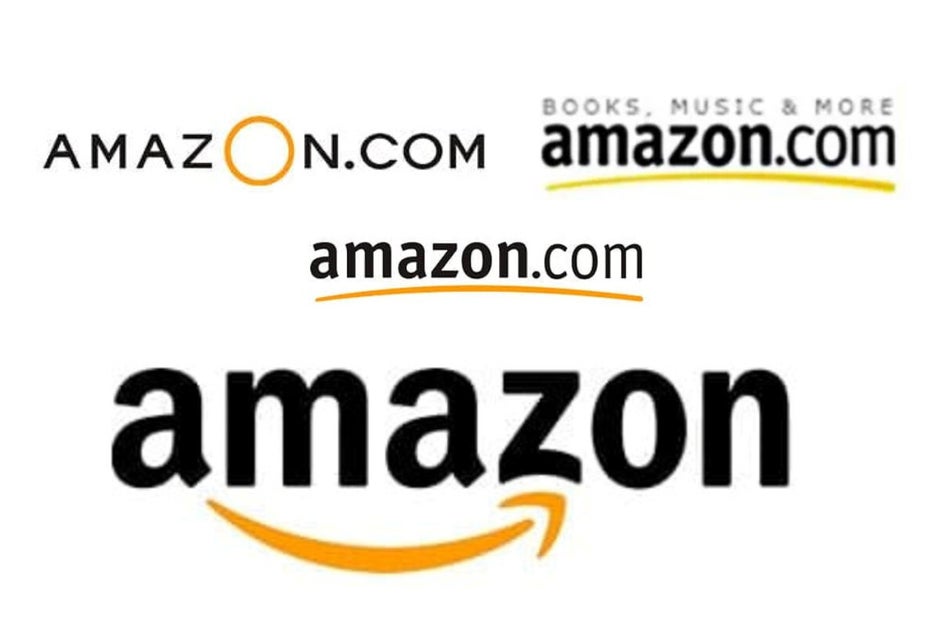
The 2000’s Crisis
It wasn’t all sunshine and roses for the growing e-commerce company. Although Amazon was extremely successful in its early years, it could not escape the financial crisis of the 2000’s recession. Well-established companies were crashing down left and right, and Bezos’s 6-year-old brainchild also hit rock-bottom and nearly had to declare for bankruptcy.
However, Amazon had amassed nearly $2 billion from investors and banks merely weeks earlier, and managed to ride out and survive the dot com stock market bubble crash which killed hundreds other less fortunate companies.
Since then, Amazon’s stocks have only been growing steadily. Now in 2021, Amazon holds the title of #1 e-commerce website worldwide, and boasts a market valued at over 1.76 trillion.
The Birth of Amazon Prime
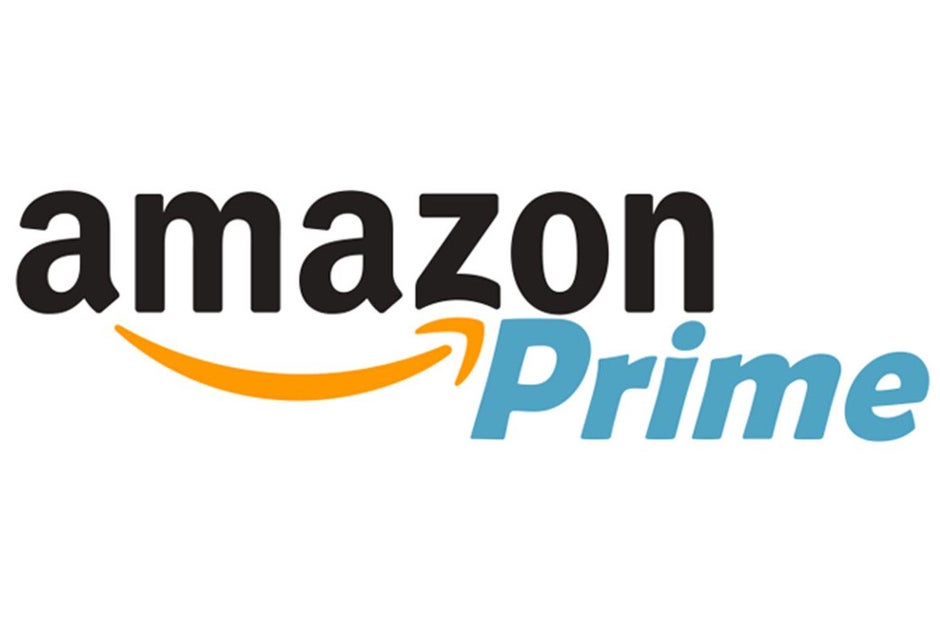
In fact, Bezos first announced Amazon Prime in February, 2005, as a monthly subscription offering two-day free shipping. For quite a few years, that’s all it was about—free shipping. (And great marketing on Bezos’s part, as you’re still buying the “free” service, although very cheaply.) Prime Day wasn’t even a thing back then.
In 2011, the company randomly announced it would include video streaming as a bonus service you could get if you paid for Prime “free shipping.” Although an odd decision at the time, this addition boosted subscriptions even further.
Nobody has ever known exactly how many members Prime has worldwide, or in the United States—nor how much revenue the subscription generates. It seems like Amazon has always guarded that information closely. Yet, you may think, there is no way the $12.99 monthly Prime fee covers all your Amazon shipping costs, if you are like most American buyers.
Yet, like everything else with Amazon, there is a strategy behind this. Although Bezos has announced spending billions on Prime shipping alone in the past, analysts have estimated that the average Prime customer spends three times as much as a non-Prime Amazon customer—thus making it a worthy investment for the company.
The First Prime Day… and Beyond
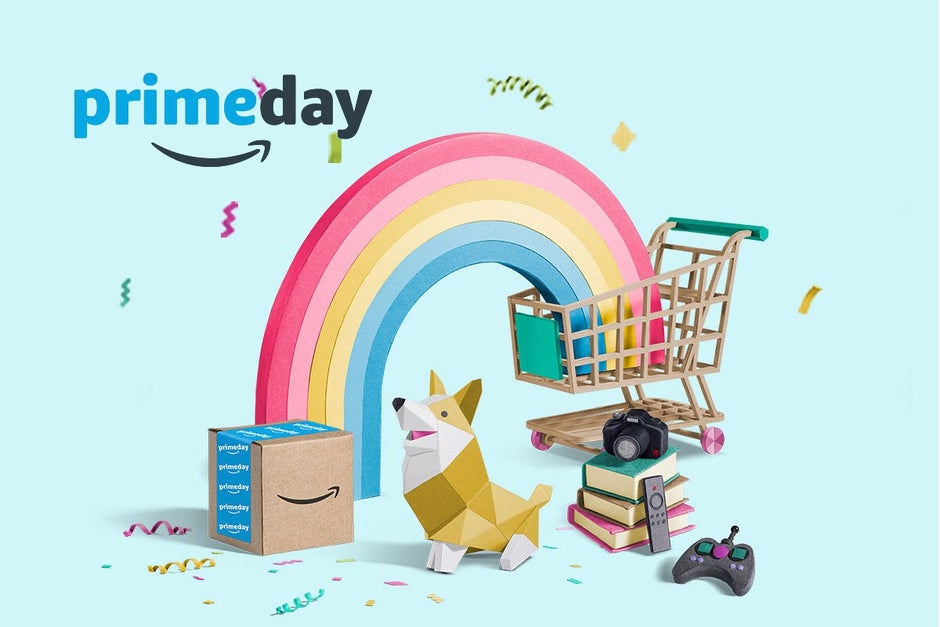
In 2015, Bezos decided it was time to celebrate. That year marked exactly 20 successful years since Amazon entered the market, and Prime had already been a big thing for exactly half of those years.
On July 15, 2015, the first Prime Day celebration ever went live in 9 countries, offering more deals on the Amazon platform than Black Friday had ever done in history. These countries were the U.S., Canada, France, the UK, Austria, Germany, Italy, Spain, and Japan.
Over the next 24 hours—the course of the discounts’ duration—sales on Amazon hit 300% of normal sales volume across the globe. On that day, hundreds of thousands of Amazon’s own devices made their way into people’s homes, popularizing Amazon’s Alexa and furthering the company’s reach.
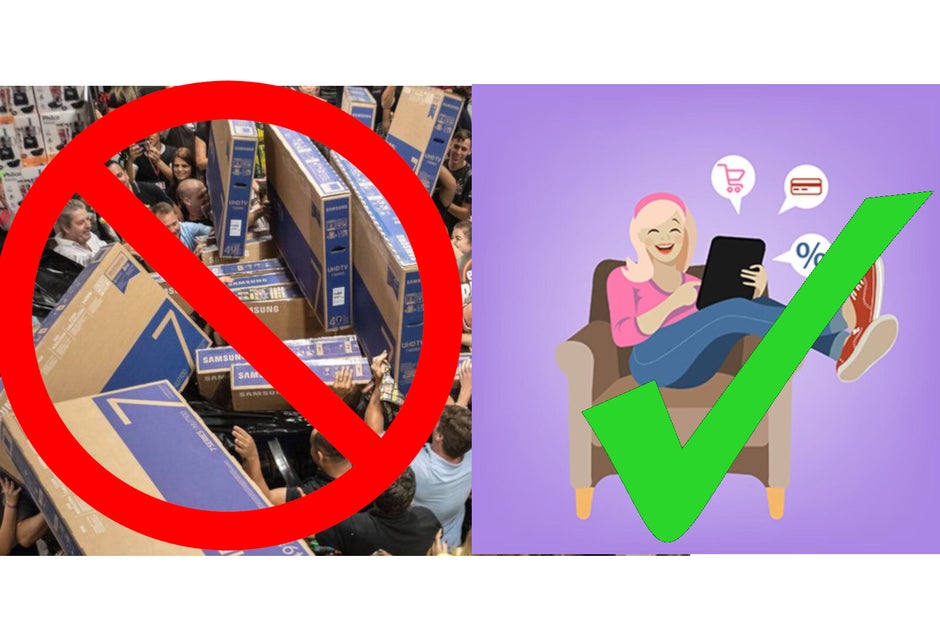
It was big—and Amazon knew it. After those 24 hours were over, Prime Day was set to become American tradition.
The next year saw another country enter the shopping extravaganza that was Prime Day 2016. That year it was even bigger, with 2 million toys bought on Amazon, more than 1 million shoes, over 200,000 headphones… you get the point.
By the time 2017 came around, Bezos decided it was time to turn the 24-hour shopping frenzy into a 30-hour fest. That year saw similar expansion and record-breaking sales. In 2018, Prime Day had grown to span 36 hours, and in 2019, it spanned a full 48 hours, including a livestreamed Prime Day concert featuring an appearance from Taylor Swift.
Remaining a 48-hour multinational event since 2019, Prime Day has never stopped growing. Last year, sales hit another all-time record high, beating out Black Friday and Cyber Monday combined.
Prime Day 2021
Although we never know exactly what to expect (other than guaranteed awesome discounts), we’ve been keeping track of Amazon Prime Day sales year to year, and we’ve done our best to help you prepare for the shopping frenzy coming that’s next month.
- We suspect iPhones will be a popular search this year’s two-day sale, and we’ve put together a list of projections for what kinds of iPhone Prime Day sales you should expect this time around.
- We’ve done the same for Samsung Prime Day deals we believe we’ll see next month, but we’ve also tracked down the current deals happening before the big day comes. If you’re looking for Prime Day discounts on the Galaxy S21 lineup specifically, we’ve put that together as well—also including up-to-date ongoing deals (which often compete with the actual Prime Day deals, actually).
- If you’re on the hunt for a tablet, Amazon can definitely offer some hefty Prime Day discounts on tablets (we’ve got a dedicated iPad Prime Day discounts article as well), Samsung Galaxy Tab, Amazon Fire, and others, if you keep an eye out (on PhoneArena—it’s our job to keep you in the loop!)
- You can also usually snag one or two great deals on smartwatches on Prime Day, if you follow our updates and are interested in the likes of Apple Watches, Samsung Watches, Fitbits, or even some sub-$200 watches.
- Although we don’t usually cover TV’s, the past years have seen a few insanely low prices on certain smart TV’s on this annual sale (we expect plenty of $1000 discounts this year!), that we simply had to put together a list preparing you for this Prime Day’s best TV deals as well.
And the Amazon Saga Continues…
Jeff Bezos announced this year that he is stepping down as CEO from Amazon, after nearly 30 years of operating the world’s biggest e-commerce platform. He has been replaced by Andy Jassy, who was CEO of Amazon Web Services (Amazon’s cloud platform).
The company has certainly gone through its ups and downs and even serious scandals over the years, lately particularly in terms of employee treatment in Amazon warehouses.
Yet at the same time, Bezos’s Amazon has helped millions of other startups create their own thriving online business all around the world. Over 27 years, the platform has expanded from selling books to offering nearly every imaginable item, large or small, worldwide. At this point, if something isn’t sold on Amazon—does it even exist?

